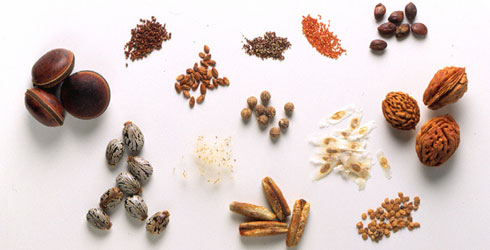Biodiversity at the Museum
The Museum's scientists, and the collections they study and curate, are helping us to better understand the enormous variety of life on Earth, and the functioning of the global ecosystem.
We still do not know all that much about how many species are necessary for the global ecosystem to survive and how these species interact to provide the natural services we depend on.
Scientists at the Museum and in many other biodiversity research centres are still discovering new species, all of which play a role in the global ecosystem. Museum scientists help give names to these new species and generate information about how they are related to other similar species in evolutionary terms. This information is vital for conservationists, who need to know what species they are dealing with in order to conserve them.
The Museum's collections are also an important source of information for biodiversity conservation. Many of the specimens we hold were gathered a long time ago, but we can still use them to study how the geographical distribution of plants and animals has changed and to identify potentially vulnerable species and areas.
With modern techniques we can use specimens of plants to find out about weather conditions at the time the plants were collected, and we can even extract DNA from some specimens in order to study changes in genetic diversity.
Perhaps most importantly we can use our specimens to teach other scientists from the UK and elsewhere how to identify species that may not have been seen since our specimens were collected.

